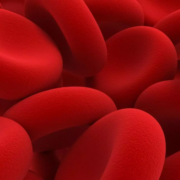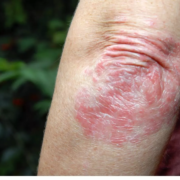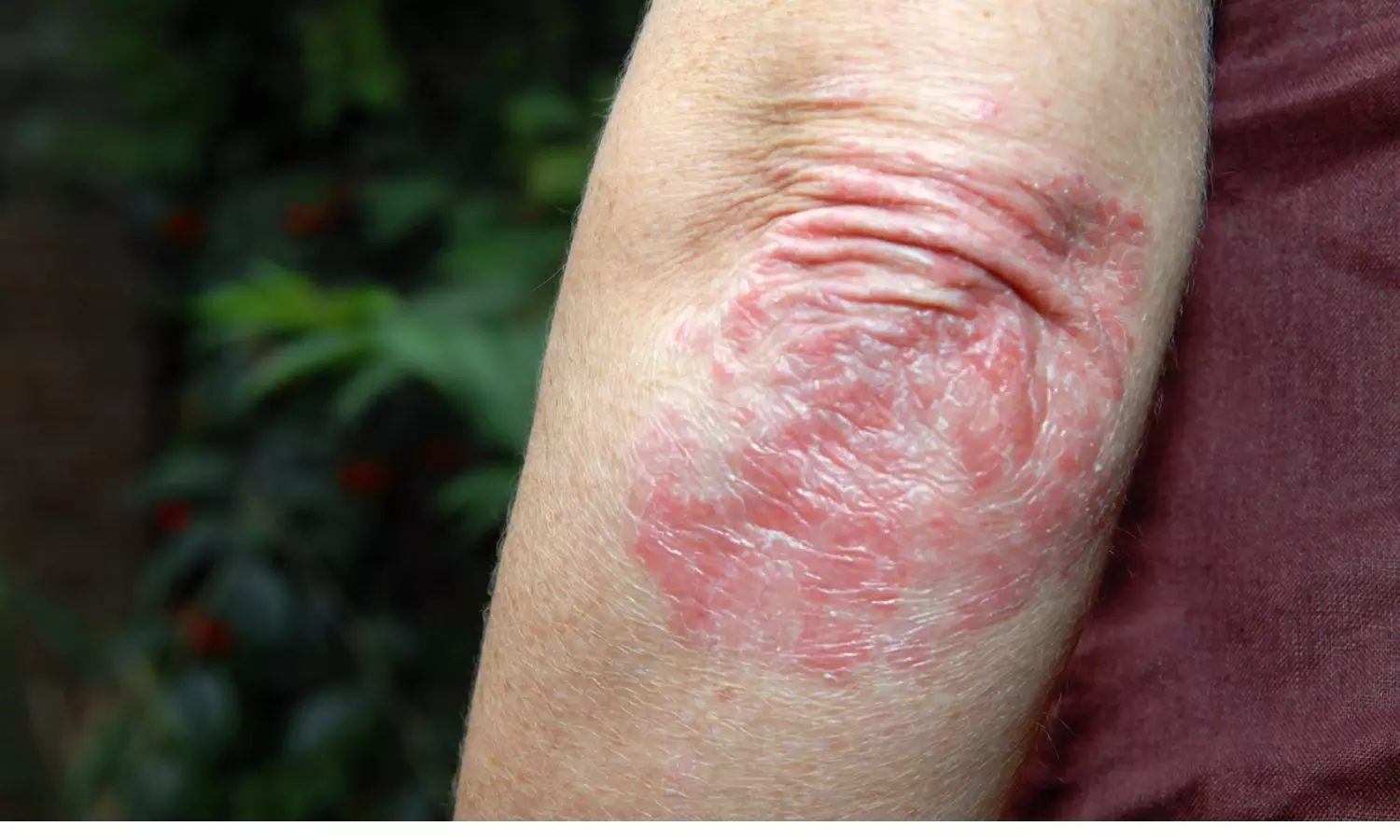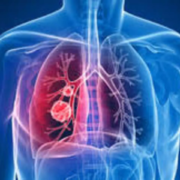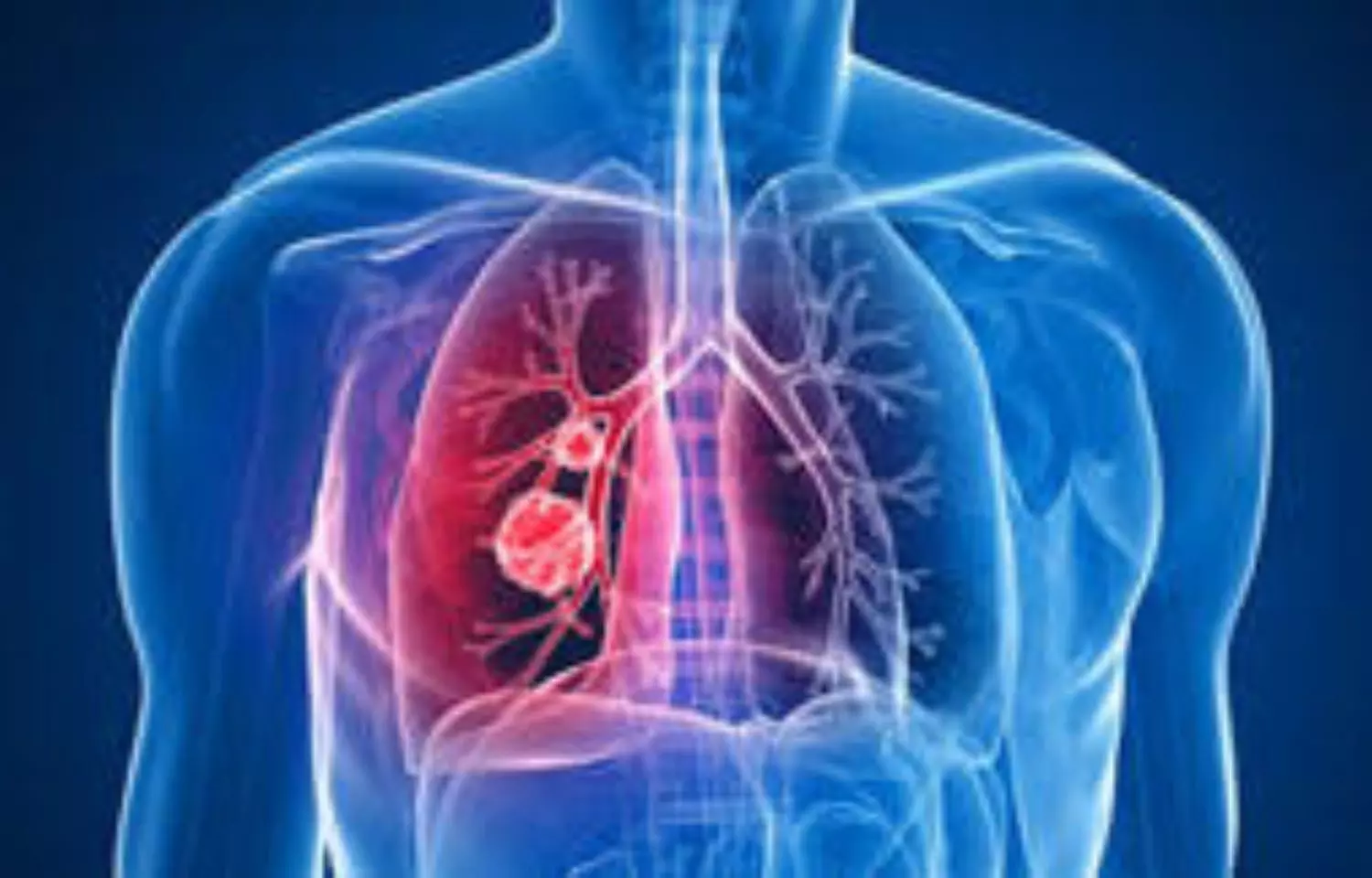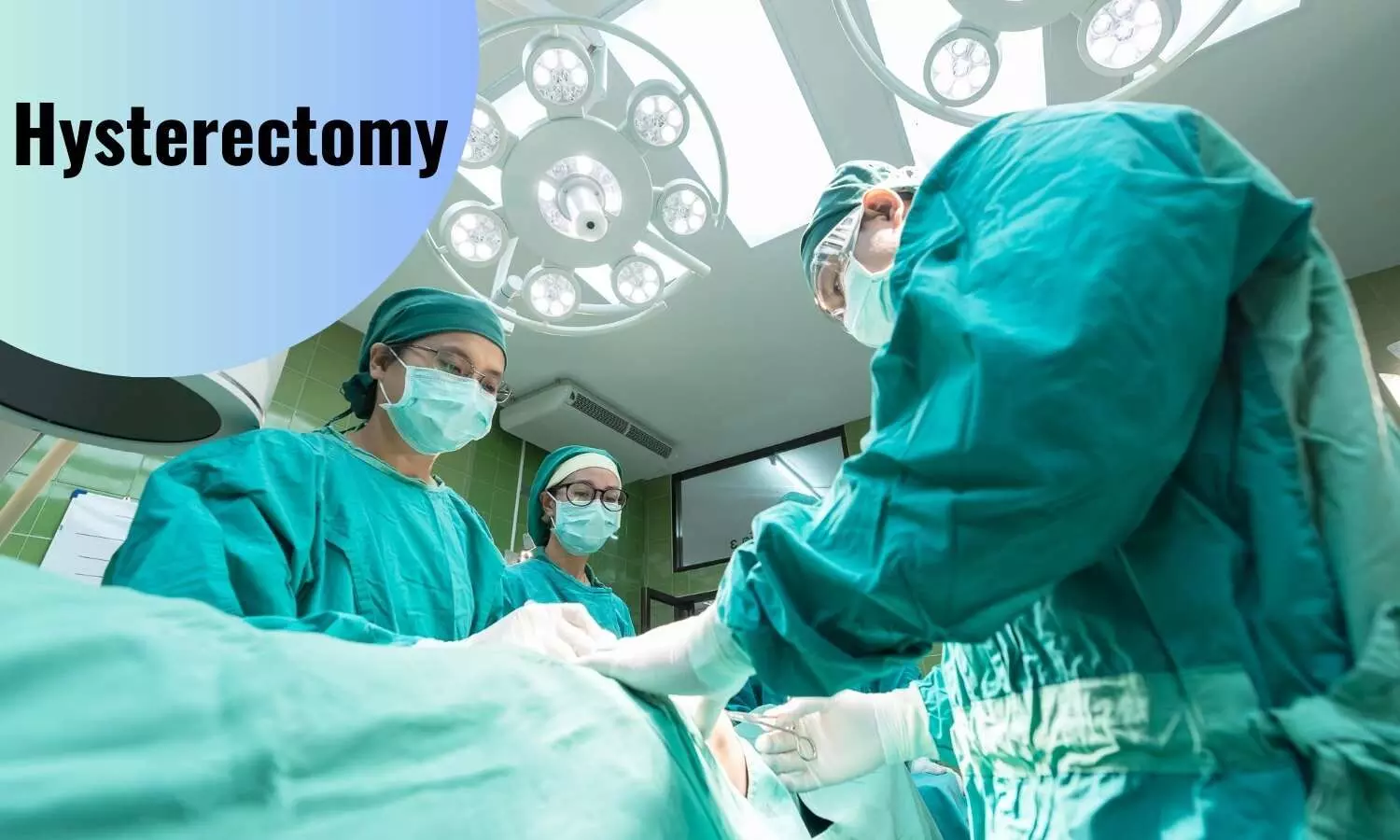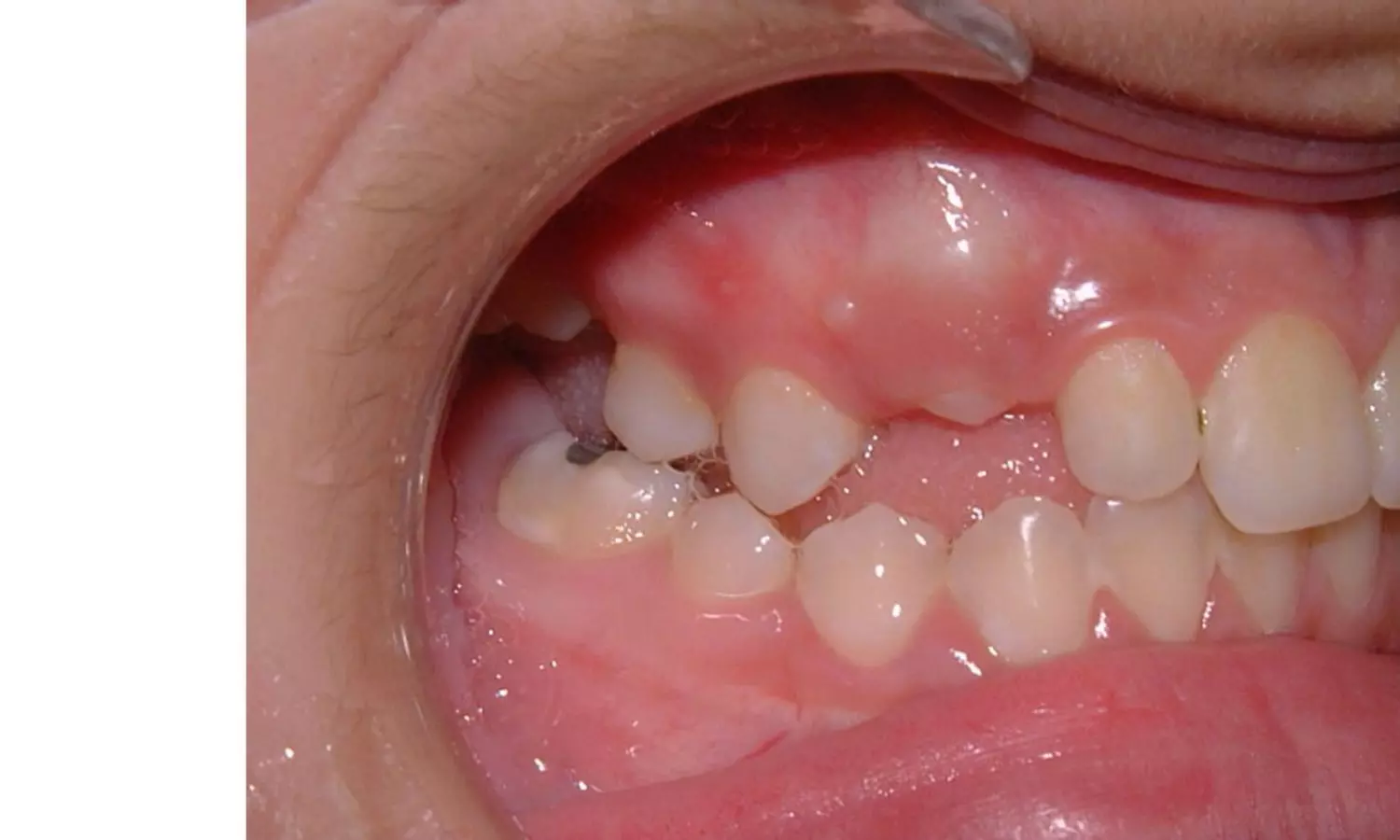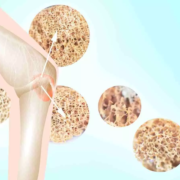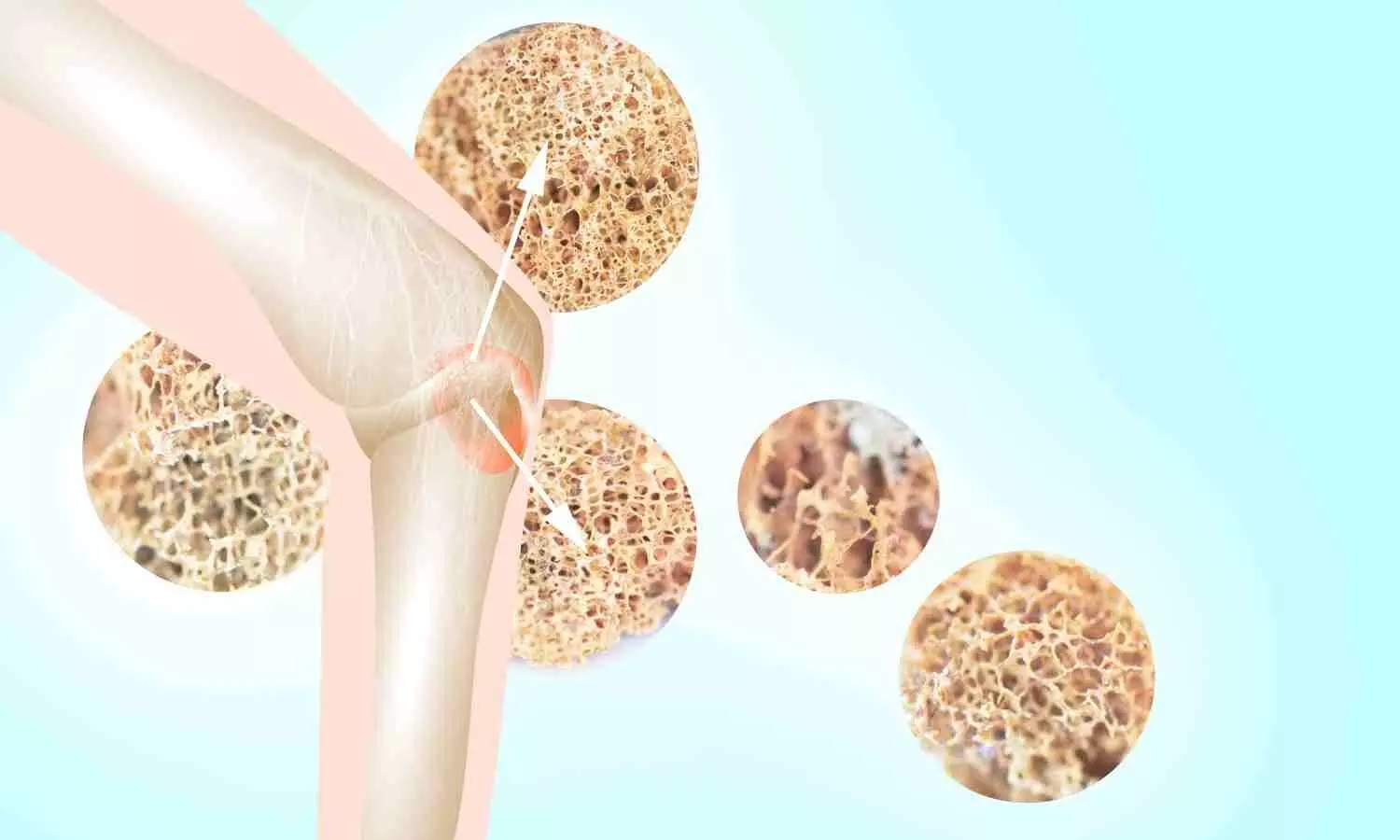IV iron therapy effectively improves anemia in pediatric patients with IBD: Study

A recent study published in the World Journal of Clinical Pediatrics unveiled the effectiveness and safety of intravenous (IV) iron therapy for treating iron deficiency anemia (IDA) in children with inflammatory bowel disease (IBD). Iron deficiency anemia is a common complication in pediatric patients with IBD, primarily due to chronic inflammation that disrupts iron absorption and metabolism. Despite the recognized need for aggressive treatment, there has been hesitance to prescribe IV iron, largely due to concerns over potential adverse reactions. The study by Krishanth Manokaran and team addressed these concerns by evaluating the safety and efficacy of IV iron therapy in this group.
This study spanned from September 2017 to December 2019 and included a cohort of 236 pediatric patients by underlining a major step forward in pediatric IBD management. Out of the total 236 patients admitted during the study period, 92 met the criteria for IDA. The treatment modalities were split where 57 patients received IV iron, 17 patients were given oral iron supplements and 18 patients were discharged before any iron therapy could be administered. The findings observed that patients receiving IV iron showed a significant improvement in their health outcomes.
These patients experienced an increase in mean hemoglobin (Hb) levels by 1.9 g/dL at their first outpatient follow-up which is markedly higher than the increases noticed in the individuals who received oral iron or no iron treatment, which were both only 0.8 g/dL. This study also highlighted the safety of IV iron therapy with only one reported adverse reaction among the 57 patients treated through this method which translated to an incidence rate of just 1.8%. This low rate of adverse events suggests that IV iron is both a safe and more effective alternative to oral iron supplements for managing IDA in pediatric IBD patients.
These results provide empirical support for clinicians who consider IV iron therapy for young patients. Improved hemoglobin and iron levels significantly improve the quality of life and overall health outcomes for children suffering from this chronic condition. Overall, the findings from this study pave the way for more standardized use of IV iron in pediatric IBD treatment to reduce the reluctance among healthcare providers to utilize this treatment.
Source:
Manokaran, K., Spaan, J., Cataldo, G., Lyons, C., Mitchell, P. D., Sare, T., Zimmerman, L. A., & Rufo, P. A. (2024). Inpatient management of iron deficiency anemia in pediatric patients with inflammatory bowel disease: A single center experience. In World Journal of Clinical Pediatrics (Vol. 13, Issue 1). Baishideng Publishing Group Inc. https://doi.org/10.5409/wjcp.v13.i1.89318
Powered by WPeMatico

